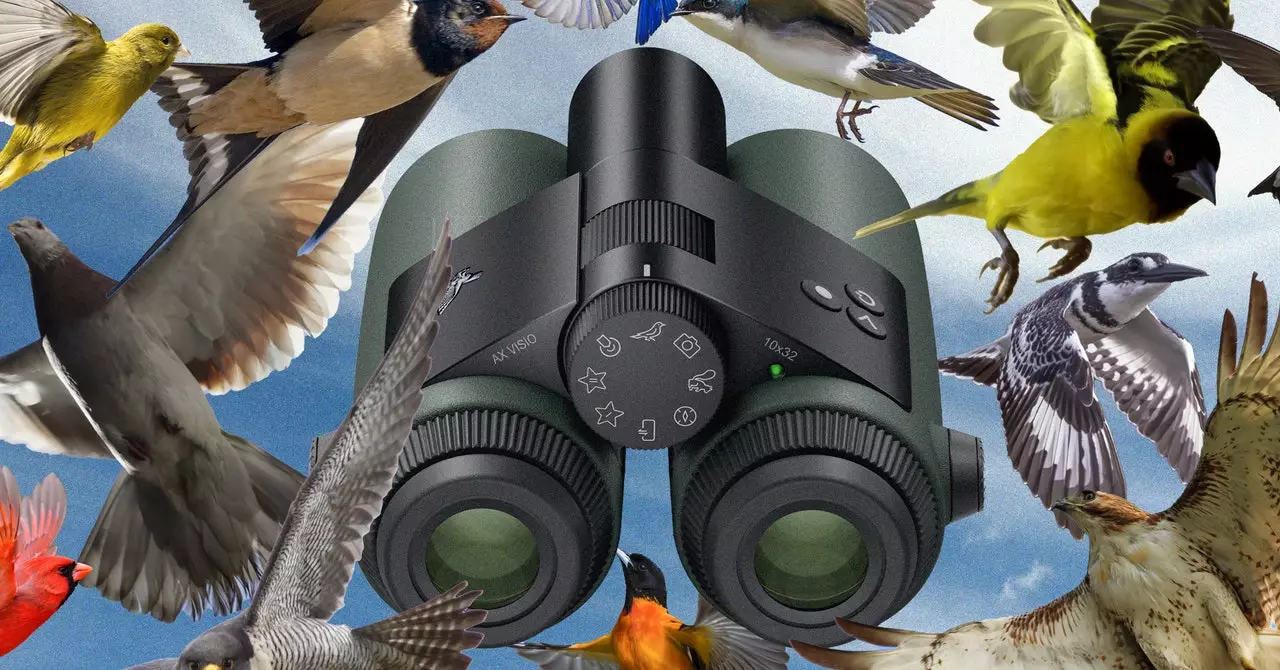In the world of wildlife observation, the use of technology is revolutionizing how enthusiasts engage with their environment. The AX Visio binoculars exemplify this shift by incorporating advanced identification systems that leverage extensive databases for accurate species identification. This innovative tool utilizes a modified version of the Cornell Lab of Ornithology’s Merlin Bird ID database, placing a wealth of avian knowledge right into the user’s hands. While the Mammals ID, Butterfly ID, and Dragonfly ID functionalities depend on the Sunbird database, these features are currently limited to North America and Europe, highlighting a gap that needs bridging. However, the versatility of the Bird ID software stands out, as it enables identification of avian species globally, including in remote locations like Antarctica.
The question arises—how effective is this technology in the field? The combination of image recognition and geolocation is promising, yet the user experience is critical in assessing its practicality, particularly for amateur bird watchers.
Recently, I had the opportunity to field-test the AX Visio binoculars at the renowned andBeyond Phinda Private Game Reserve in South Africa, thanks to Swarovski’s generous invitation. For the reserve’s guests, the binoculars are available for rent at $40 per day, with the proceeds directed towards local conservation efforts—a commendable initiative that promotes sustainability within the region. Stepping into this environment, I was initially apprehensive. The integration of technology into what is typically a straightforward activity—birdwatching—seemed daunting. Would I be overwhelmed by the buttons and settings, or would I be able to appreciate the beauty of the avian world?
To my surprise, the user interface of the AX Visio is quite intuitive. The mode-selection wheel is conveniently located on the bridge of the binoculars, allowing for easy toggling between the various identification modes. Each setting is designed to be accessible, ensuring that anyone, regardless of their technological aptitude, can engage with the device effectively.
Bird identification through the AX Visio requires a balanced hold and precise focusing. Once a user sights a bird in the field of vision, a red circle highlights the subject. The expectation is clear: if the bird occupies most of the red circle, it’s likely within range for identification. By pressing a raised button atop the binoculars, a name appears within seconds—a thrilling validation of one’s sighting efforts. My experience was largely positive, as I witnessed the binoculars accurately identify various species, including a 5-inch malachite kingfisher perched gracefully on a branch 30 meters away.
However, the ideal identification process is not without its challenges. I encountered instances where I could clearly see a bird filling my view, yet the binoculars delivered an error message indicating that it could not identify the specimen. This inconsistency raises essential questions regarding the reliability of this technology, particularly for users seeking dependable and swift identification.
As I reflect on my experience with the AX Visio, I find myself contemplating the future of birdwatching. Will technological advancements lead to a more engaged and informed community of birders, or could an over-reliance on gadgets detract from the fundamental joy of nature observation? While these high-tech binoculars certainly elevate the birding experience by making it more interactive, there is something inherently special about the patience required to observe wildlife without a digital intermediary.
As the integration of technology into wildlife observation continues to evolve and mature, these advanced tools have the potential to enrich our understanding of the natural world—but they should complement, not replace, the age-old practices of patience and mindfulness inherent to birdwatching. A harmonious blend of technology and nature could usher in a new era of nature appreciation, where respect for wildlife remains paramount.

